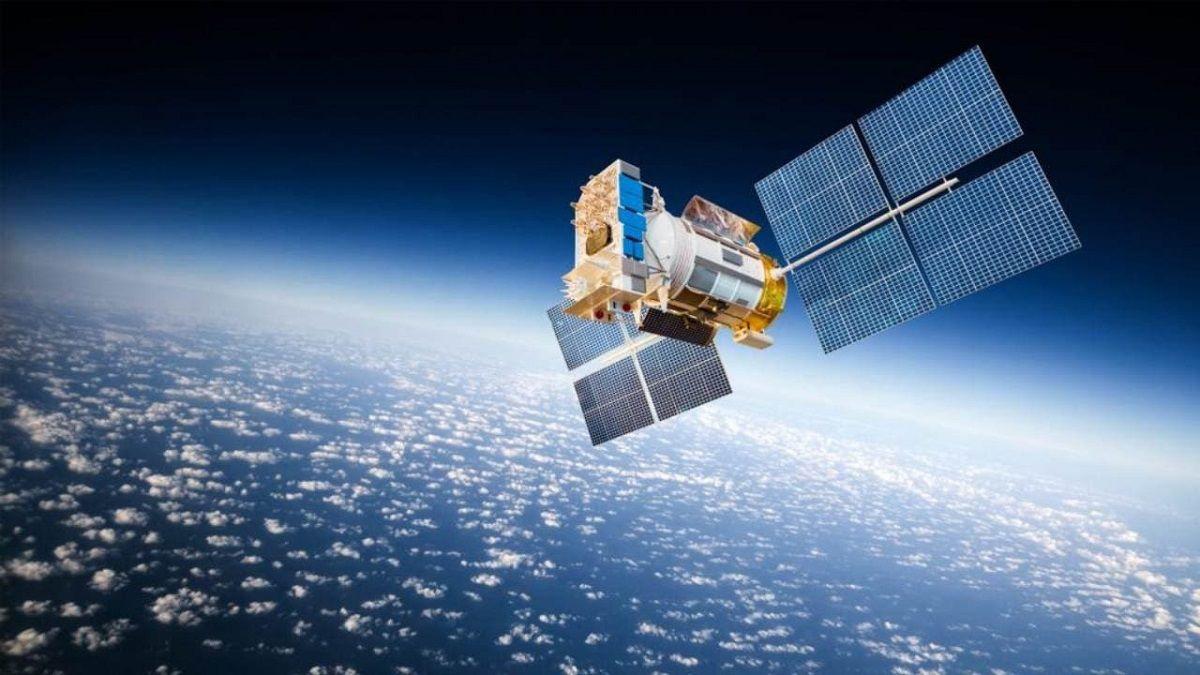A file image of AstroSat.
| Photo Credit: Special arrangement
India’s first dedicated Space Astronomy Observatory, AstroSat completed a decade of operations on Sunday (September 28, 2025).
Ten years ago, on September 28, 2015, the AstroSat was launched by PSLV-C30 (XL) rocket from Satish Dhawan Space Centre in Sriharikota with a mission life of five years. Though the designed mission life of AstroSat was five years it continues to provide valuable data.
In the last decade, the multi wavelength space observatory with five payloads onboard has made major interesting discoveries.
Commemorating the milestone in a post on X, the Indian Space Research Organisation said, “On this day 10 years ago, AstroSat, India’s first multi wavelength astronomy observatory was launched by ISRO. From black holes to neutron stars, from the nearest star Proxima Centauri to first time detection of FUV photons from galaxies 9.3 billion light years away, AstroSat enabled groundbreaking insights across the electromagnetic spectrum from UV/Visible to high energy X-rays. Congratulating AstroSat for a successful decade and wishing many more years of exciting results and discoveries.”
Five payloads
AstroSat was designed to observe the universe in the Visible, Ultraviolet, low and high energy X-ray regions of the electromagnetic spectrum simultaneously with the help of its five payloads.
The five scientific payloads onboard the satellite are Ultra Violet Imaging Telescope (UVIT), Large Area X-ray Proportional Counter (LAXPC), Cadmium–Zinc–Telluride Imager (CZTI), Soft X-ray Telescope (SXT) and Scanning Sky Monitor (SSM).
Astrosat was realised by ISRO with the participation of all major astronomy institutions including Inter University Centre for Astronomy and Astrophysics (IUCAA) of Pune, Tata Institute of Fundamental Research (TIFR) at Mumbai, Indian Institute of Astrophysics (IIAP) and Raman Research Institute (RRI) of Bengaluru as well as some of the universities in India and two institutions from Canada and the UK.
Published – September 28, 2025 12:53 pm IST
